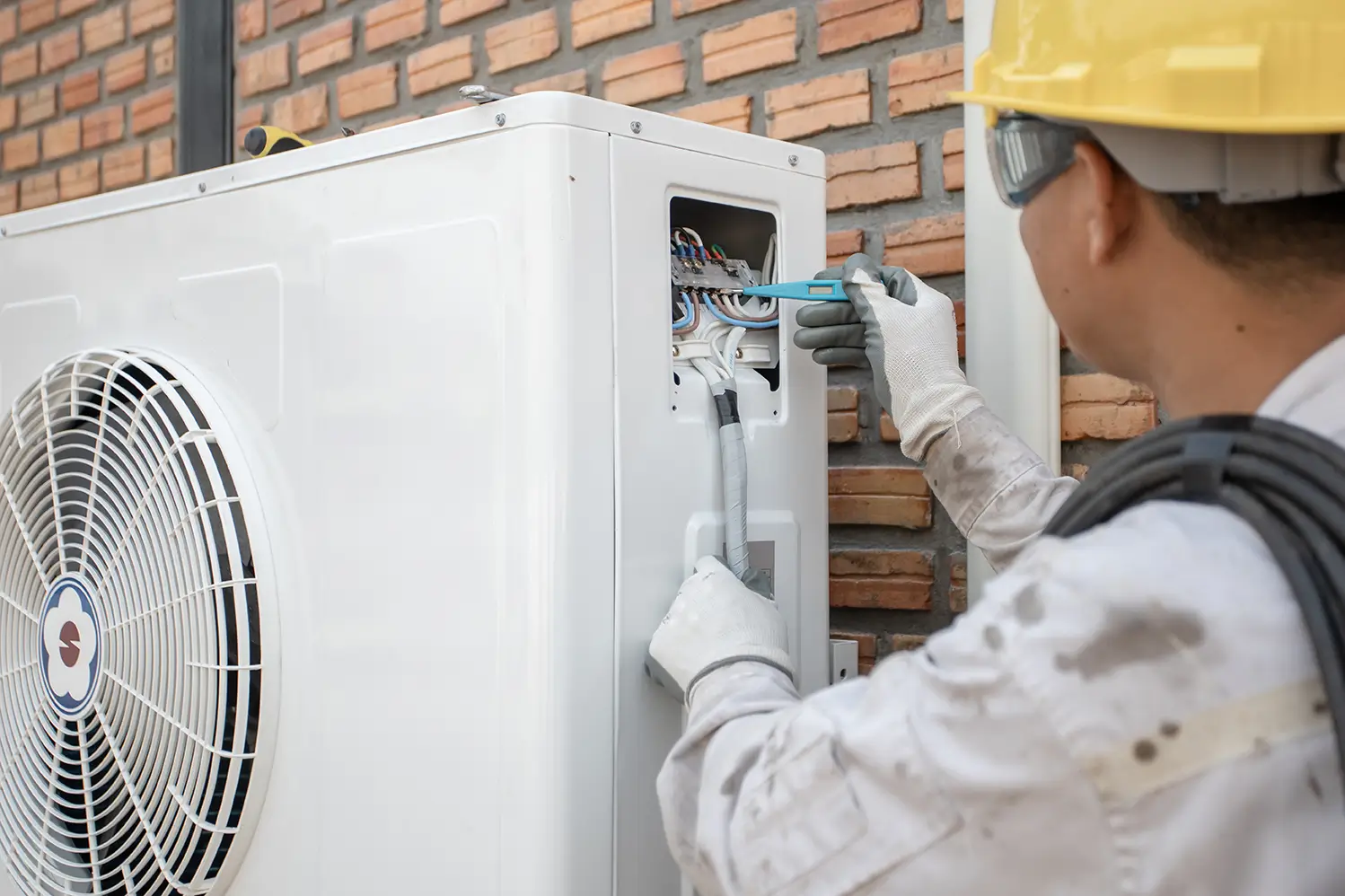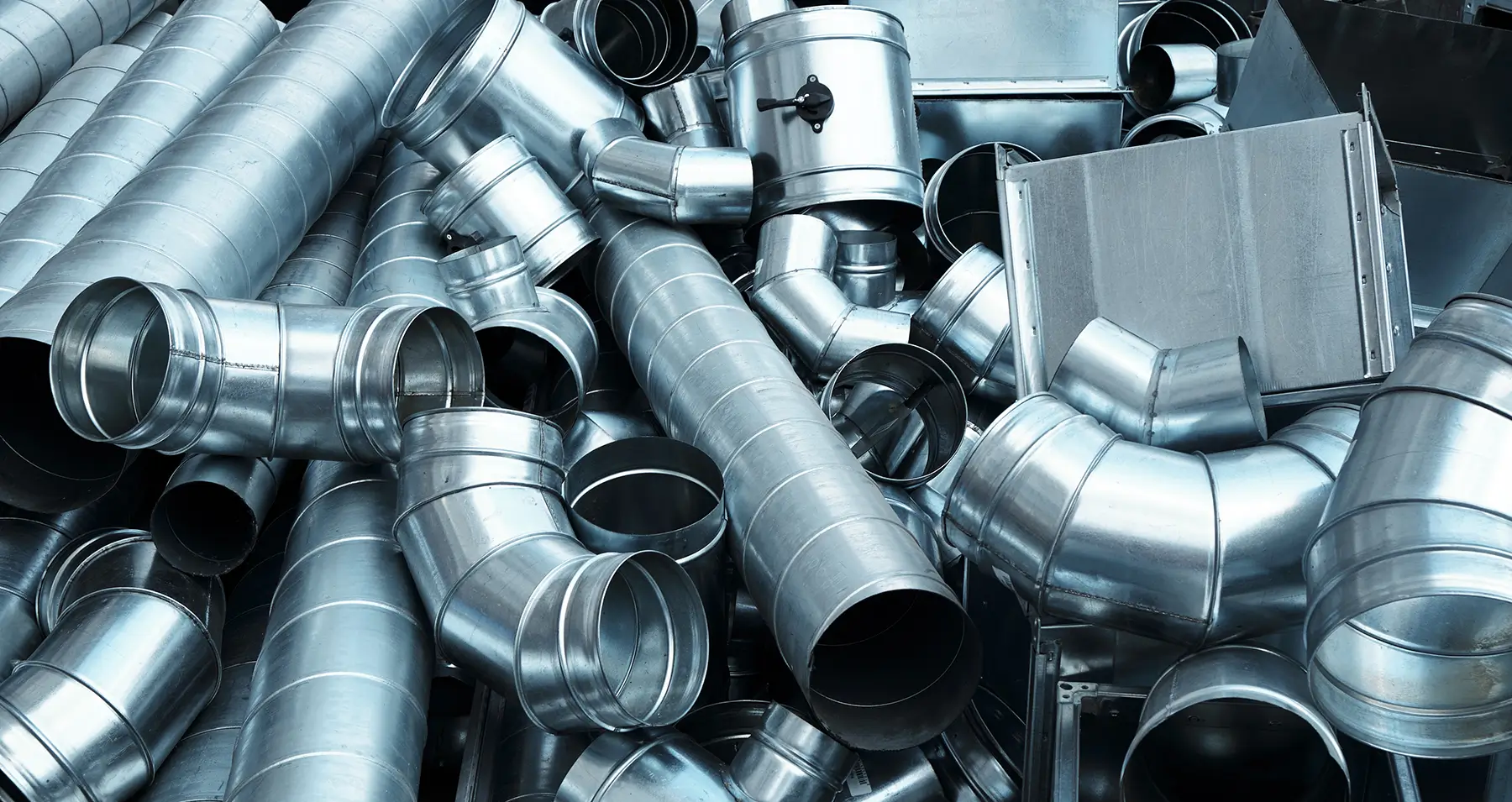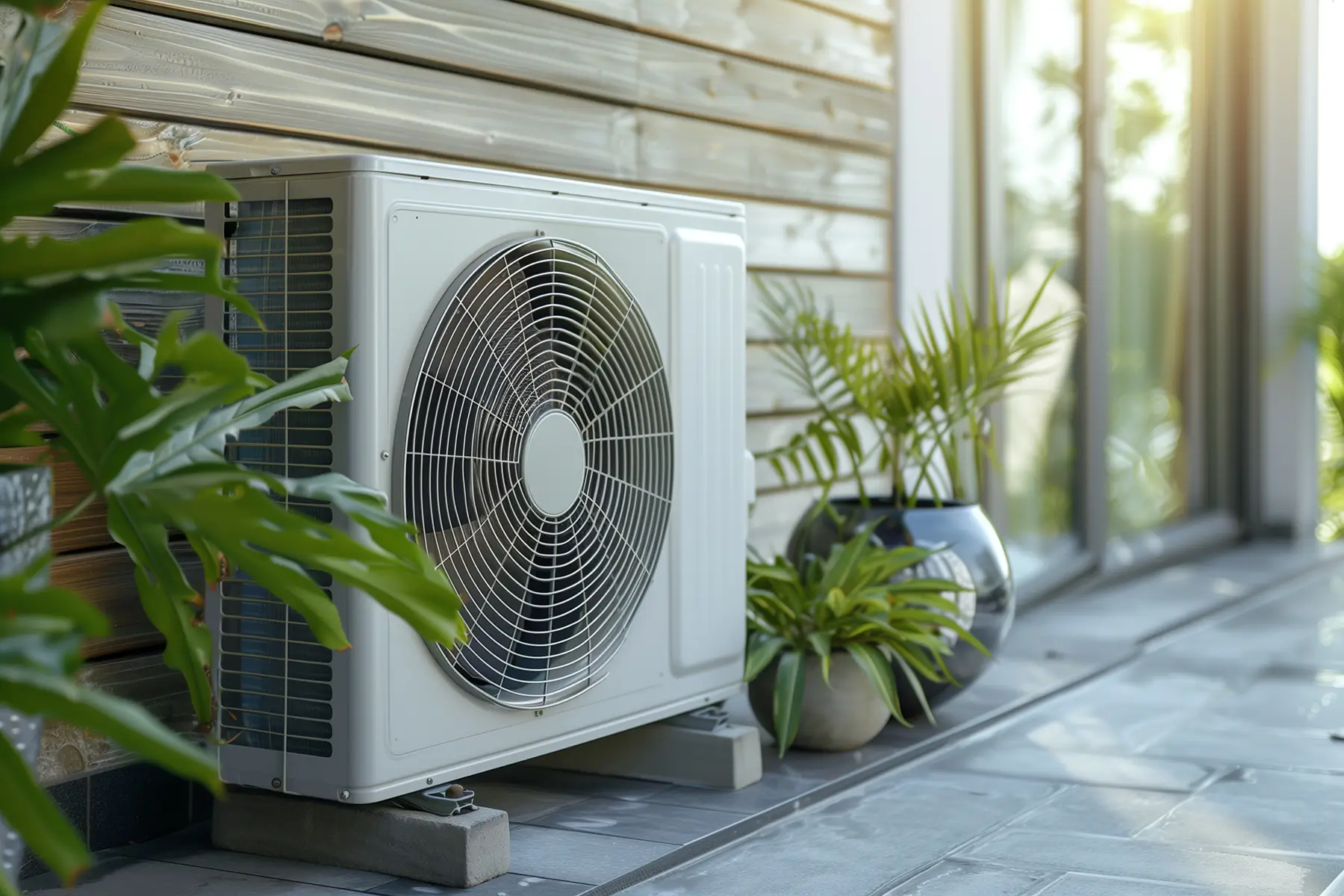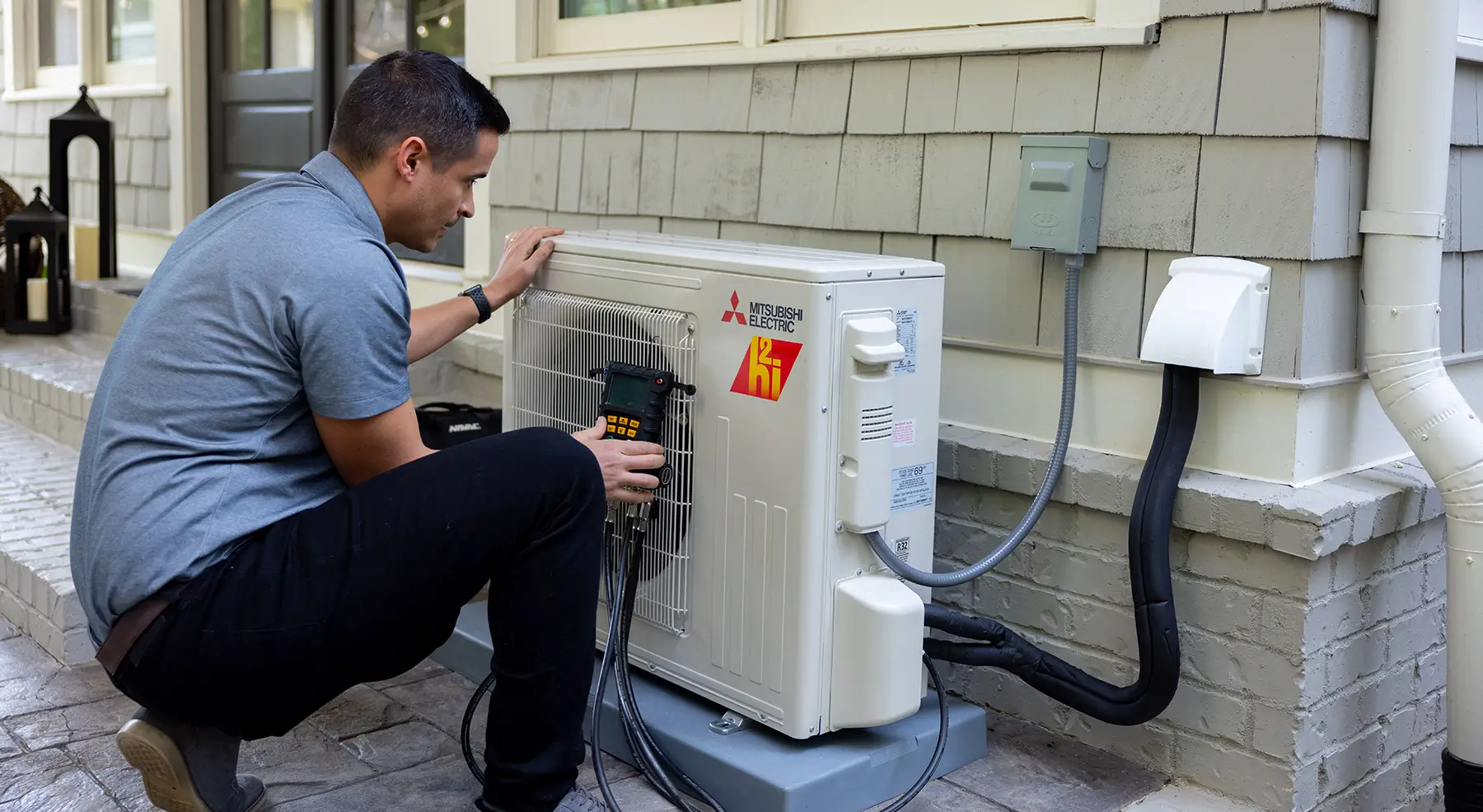A heat pump is a broad term that refers to a heating, ventilation, and air conditioning (HVAC) system that can both heat and cool a space by transferring heat between the indoors and outdoors. It works by extracting heat from the air or ground outside and transferring it indoors during the heating season, and vice versa during the cooling season. Heat pumps are highly efficient because they move heat rather than generate it through combustion, making them a popular choice for energy-conscious homeowners.
A mini-split, on the other hand, is a type of heat pump system that consists of two main components: an outdoor compressor/condenser and one or more indoor air-handling units, or “heads.” These components are connected by a conduit that houses the refrigerant tubing, power cable, suction tubing, and condensate drain. Mini-splits are called “mini” because they are smaller and more compact than traditional central HVAC systems, and they are typically used to heat or cool individual rooms or zones within a building.
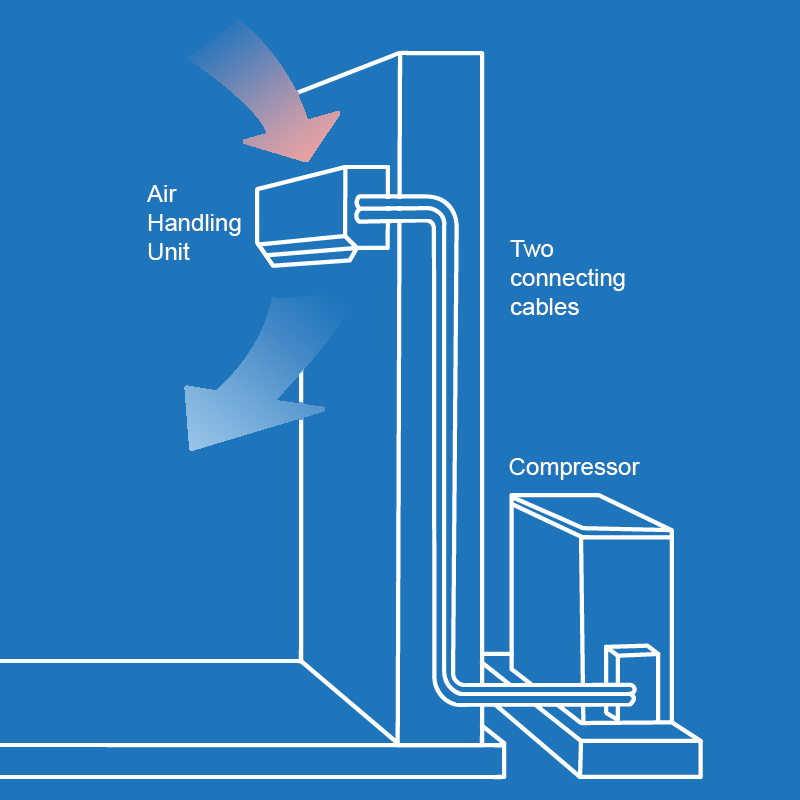
So, while all mini-splits are heat pumps, not all heat pumps are mini-splits.
Mini-split systems are ductless – delivering heating and cooling through interior air handling units. This makes mini-split systems well suited to older homes, room additions or areas of the home where ductwork would be impractical or costly.
Heat pumps do not require ductwork, but often are integrated into traditional heating and cooling systems.

